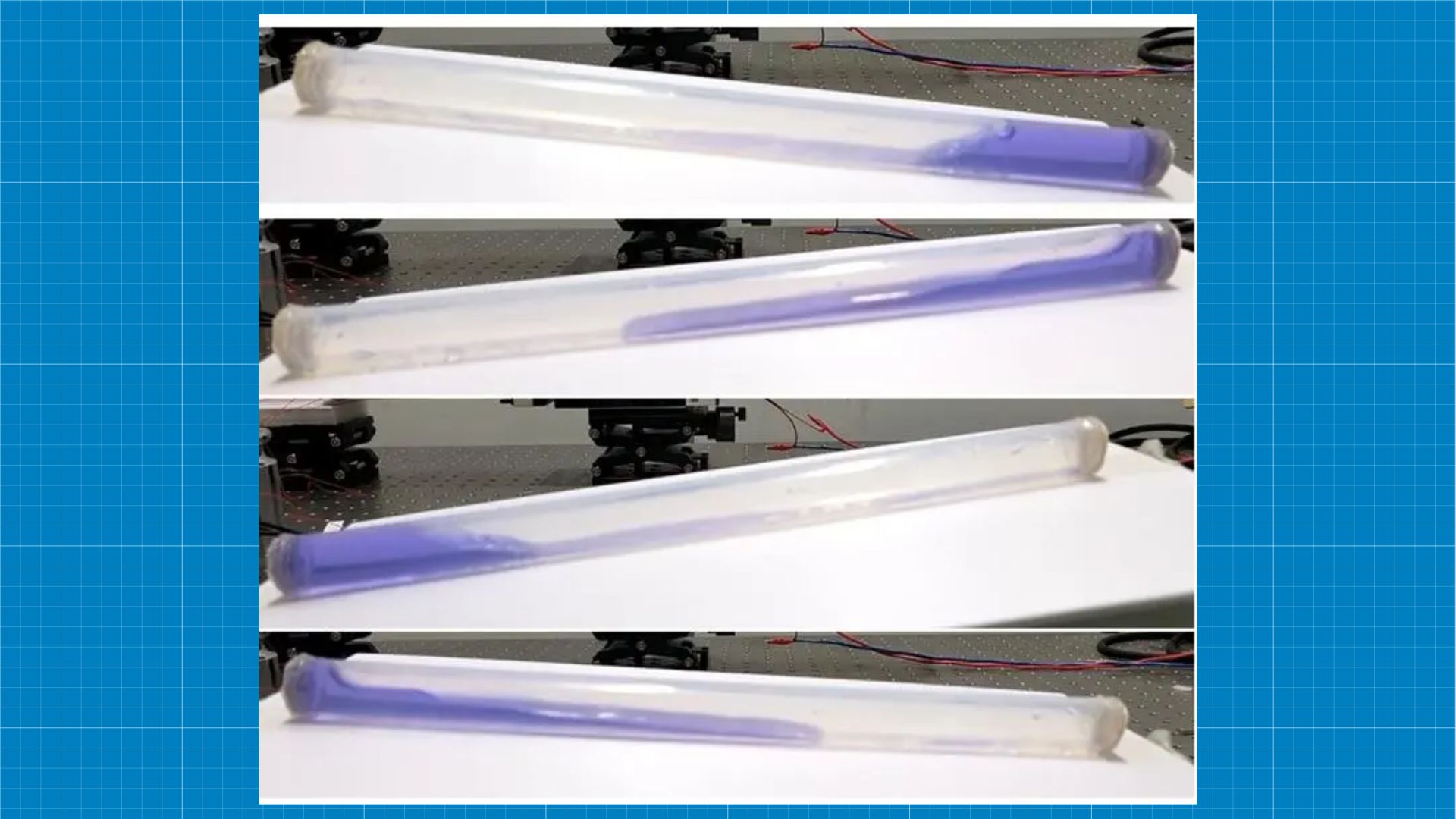
A simple trick deployed by researchers from the Central South University of China has helped extract more than twice the energy currently extracted from waves. This achievement could herald an age of large-scale blue-energy harvesting from ocean waves, a press release said.
With aims set for achieving net-zero emissions in the coming decades, nations worldwide are keen on new technologies that can deliver carbon-free energy. With wind and solar power plants facing intermittency issues, waves could be a viable, continuous energy source.
Sea and ocean waves occur around the clock and, during higher tides, can pack a powerful punch. Interesting Engineering has previously reported on multiple types of wave energy converters (WECs) trialed worldwide and are closer to being deployed in real-world settings.
A tube-shaped wave energy converter
Researchers at the Central South University of China have been working on a tube-shaped energy harvesting device that can tap into the energy of the waves. Called the liquid-solid triboelectric nanogenerator (TENG), the device contains a liquid solution inside a solid tube and isn’t much to look at.
However, electrodes placed inside the tube convert the mechanical energy of the flowing water into electricity. A similar device placed on waves could generate continuous clean energy from the liquid sloshing back and forth inside this tube.
The reason why the technology has yet to be scaled is the poor power output that it generates. The research team at CSU focused on improving this and found a simple solution to this problem: the placement of the energy-collecting electrode.

Increasing the energy output
In conventional designs of solid-liquid TENGs, the copper foil electrode, which converts mechanical energy into electrical energy, is placed in the center of the apparatus. The researchers wondered if changing the electrode placement to the end of the tube would change the output generated.
To test their hypothesis, the team designed two types of TENGs, one with the copper foil electrode in the center and another with the electrode at the end. The friction of the water hitting the electrodes or sliding against them produces electricity.
The two designs were placed on a benchtop rocker to simulate wave-like conditions, and wire connected the electrode to an external circuit. Comparing the output of the two designs, the researchers found that placing the electrode at the end of the tube increased the electrical current 2.4 times.
In a separate experiment, the TENG with the electrode at its end was connected to an array of 35 light-emitting diodes (LEDs). Every time the water hit the electrodes, the LEDs came on and went off after the water receded near the electrode.
The researchers are confident that they have laid the foundation for large-scale energy harvesting devices that could one day be seen in oceans harvesting blue energy. Alternatively, the system could also power wireless communication underwater, the press release added.
The research findings were published in the journal ACS Energy Letters today.
Study Abstract
Due to the advantages of simple structure and flexibility for energy harvesting, the tube liquid–solid triboelectric nanogenerator (TLS-TENG) has attracted much attention. However, TLS-TENG is limited by low output power due to its low surface charge density and transfer efficiency. Herein, the space volume effect is proposed in TLS-TENG, and the space volume effect TLS-TENG (SVE-TLS-TENG) is constructed with a great enhancement in the output performance. Through the space volume effect, the open-circuit voltage (Uoc), short-circuit current (Isc), and transfer charge (Qtc) of SVE-TLS-TENG can be improved by 3.5 times, 2.3 times, and 2 times, respectively. The SVE-TLS-TENG not only boasts high output performance for harvesting low-frequency and high-entropy motion energy, but its output displacement current can also serve as a compact signal generator for underwater wireless communication. The proposed space volume effect and constructed SVE-TLS-TENG offer new insight for the design and large-scale application of LS-TENG.










 68
68


